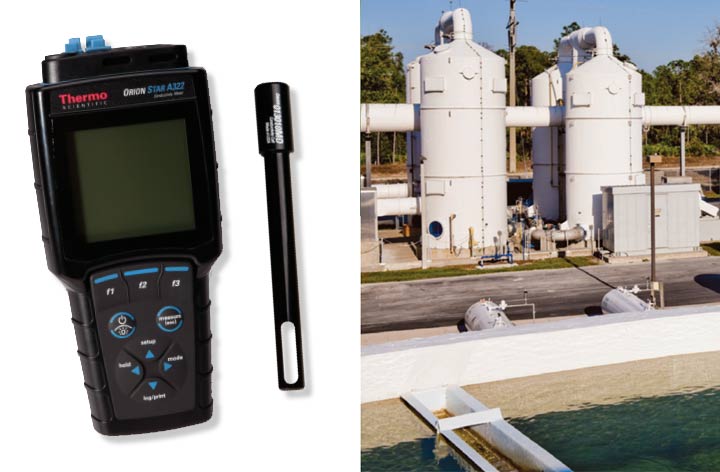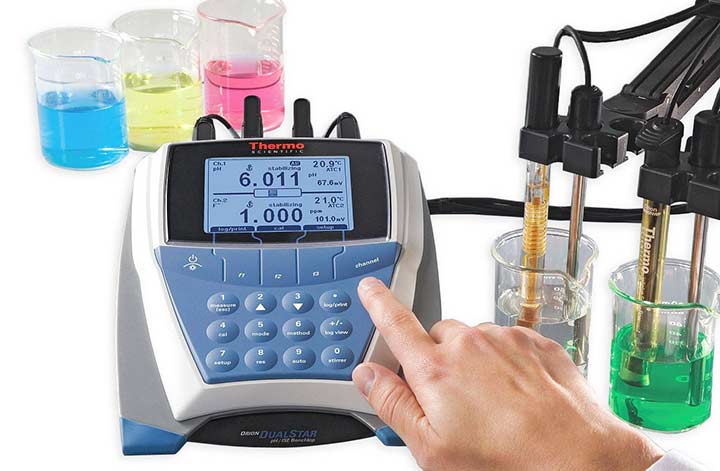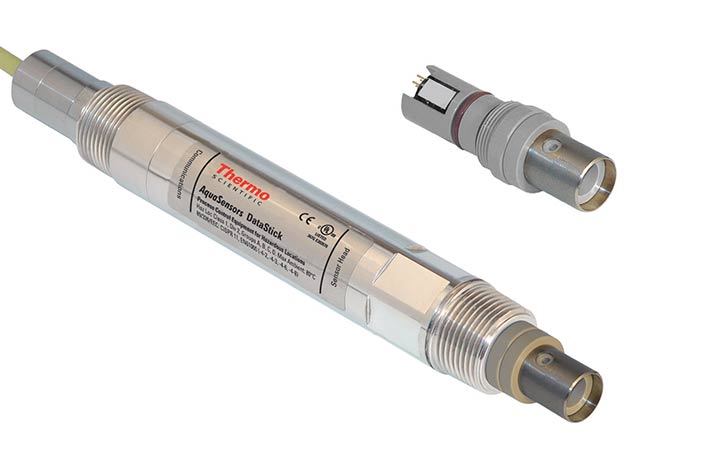Free & Total Chlorine Sensors & Meters
Chlorine is one of the most commonly used disinfectants for water. The main role of chlorine is to kill off any micro organisms within the water. It can be applied for the deactivation of most microorganisms and is most commonly used in drinking water, swimming pools and many water treatment systems. It is also used in the water industry to maintain hygienic conditions within the public water supply network of pipes.
 Chlorine is commonly measured as residual and total chlorine. Free chlorine is the amount of left over chlorine detected after all harmful organisms have been removed. Combined chlorine is the chlorine which has been used up attacking micro organisms. Total chlorine is the total of free chlorine and combined chlorine.
Chlorine is commonly measured as residual and total chlorine. Free chlorine is the amount of left over chlorine detected after all harmful organisms have been removed. Combined chlorine is the chlorine which has been used up attacking micro organisms. Total chlorine is the total of free chlorine and combined chlorine.
Chlorine can be found in nature combined with other elements such as sodium in the form of common salt (NaCl). It makes up much of the salt dissolved in the earth’s ocean. The amount of chloride in soils varies depending on distance from the sea. Plants contain various amounts of chloride but their growth suffers if the amount of chloride in the soil falls below 2 ppm.
Chlorine is necessary to all known species of life and can cause environmental harm at low levels. Chlorine is especially harmful to organisms living in water and in soil.









